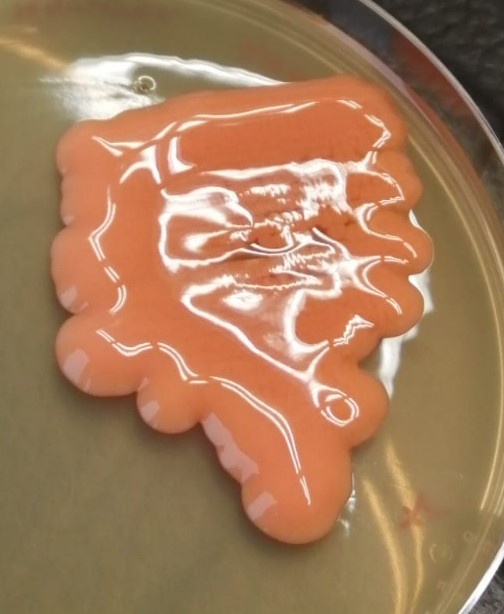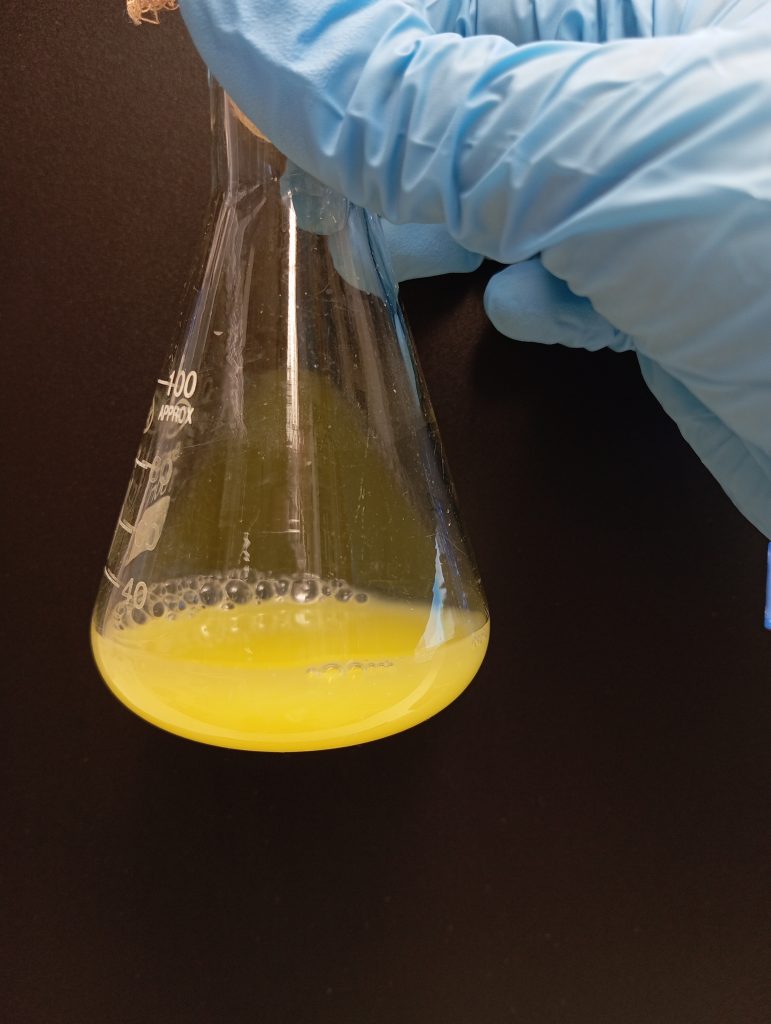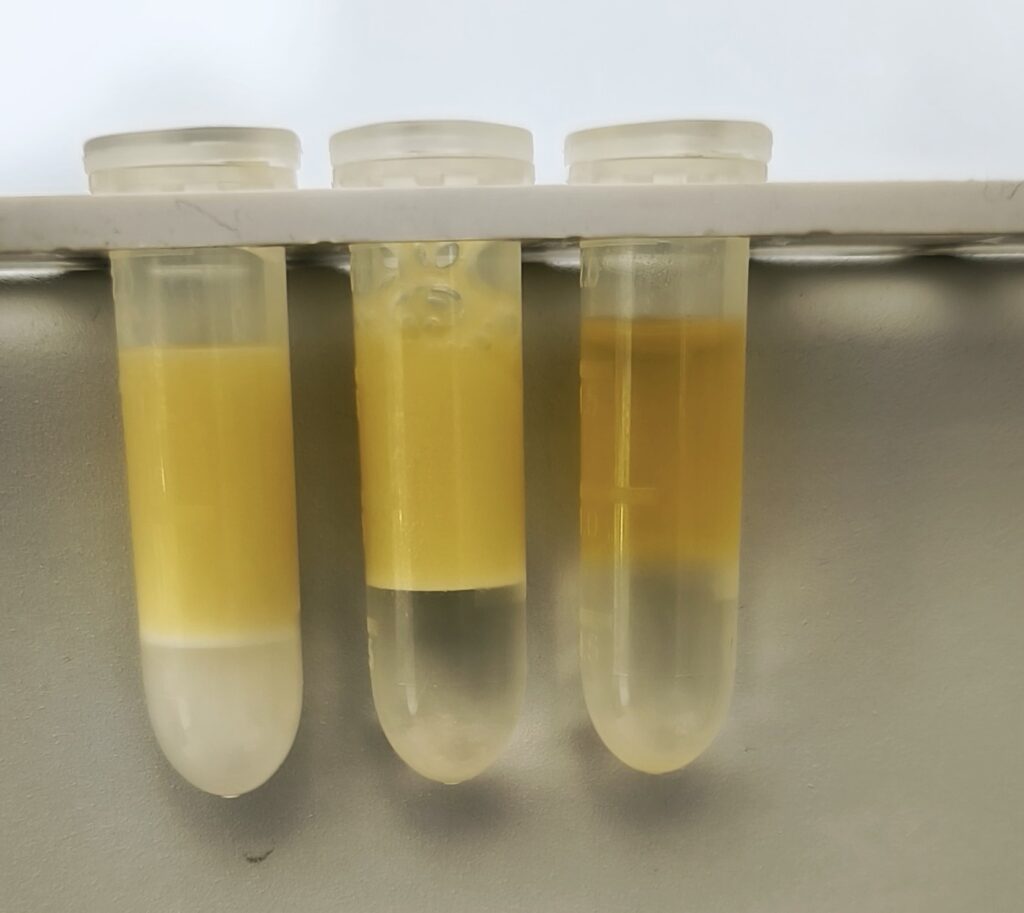Your cart is currently empty!

Origin of our yeast collection
The IST-Yeasts CC is a microbiological resource located in the Biological Sciences Research Group (BSRG) of the Institute for Bioengineering and Biosciences (iBB), Instituto Superior Técnico (IST or Técnico), Universidade de Lisboa (ULisboa). This culture collection of blue yeasts includes yeast strains isolated, recently, in association with industrial cultures of microalgae and macroalgae in estuarine and marine environments of Olhão and Aveiro regions. A few isolates were obtained from microalgal cultures from Algoteca (Faculty of Sciences, ULisboa). This Blue Yeasts Culture Collection was started during 2023 in the framework of the “Algae Vertical” and the “Portuguese Blue BioBank” work-programs of the “Blue Bioeconomy Pact” Project.
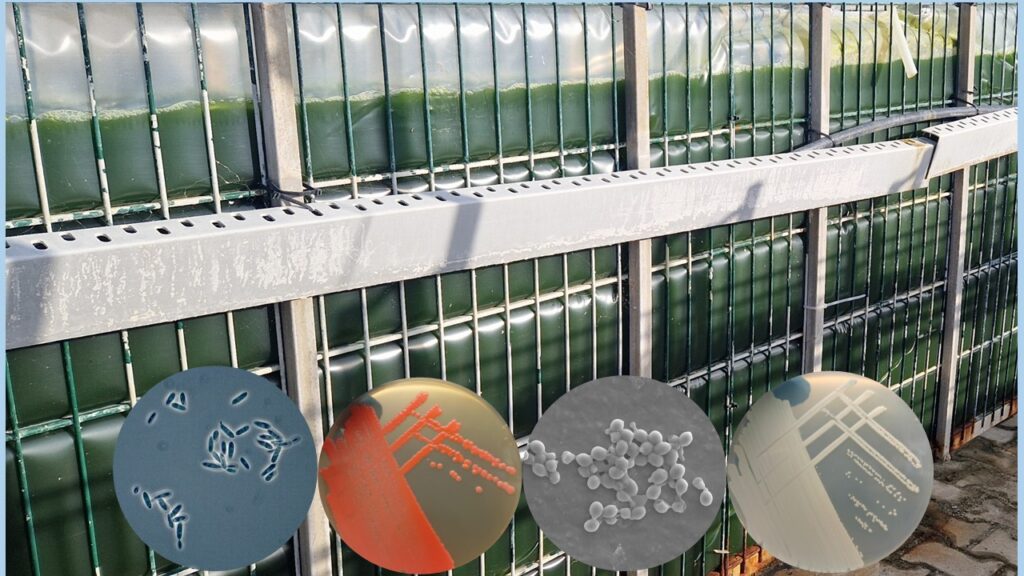
The yeast species in our collection
The IST-Yeasts CC comprises 115 non-conventional yeast strains, most of them belonging to the phylum Basidiomycota (92 %) and to the genus Rhodotorula (R. mucilaginosa, R. diobovata, R. sphaerocarpa, R. taiwanensis) (69 %). Other Basidiomycota species are: Cystobasidium minutum and C. slooffiae, Vishniacozyma carnescens, Moesziomyces aphidis, Sporobolomyces roseus and S. salmonicolor, and Naganishia diffluens. The Ascomycota species includes Meyerozyma guilliermondii, [Candida] atlantica and [Candida] vartiovaarae.
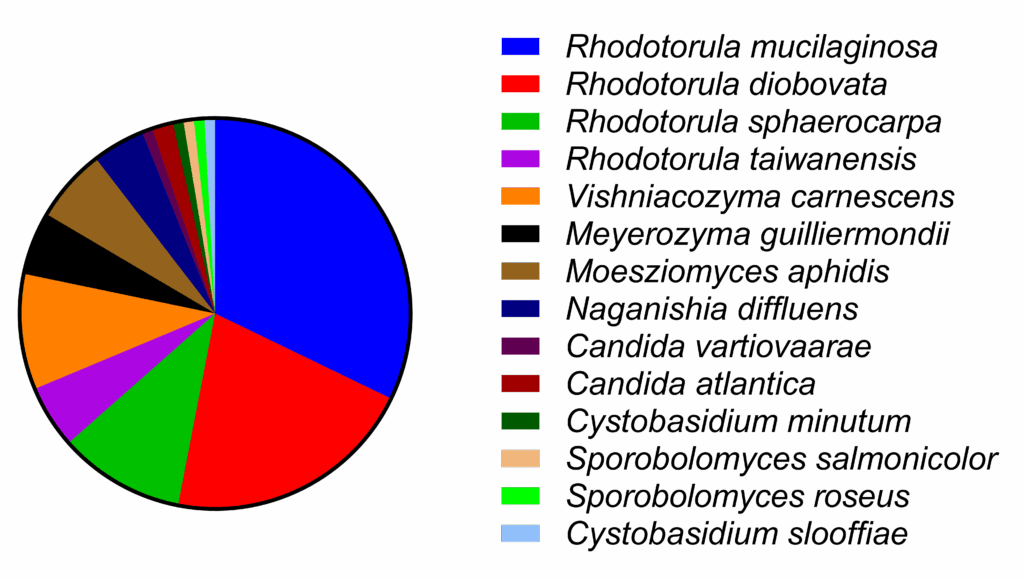
Biotechnological potential
Most of the yeast strains gathered in the IST-Yeasts CC have potential for the (co)production of added-value bioproducts in the context of a Circular Biobased Economy. There are strains capable of using a wide range of carbon sources (e.g. xylose, glycerol) and of co-producing biotechnologically relevant lipids and biosurfactants. The red yeasts of the Rhodotorula genus also produce carotenoid pigments, particularly torularhodin, which is a potent scavenger efficiently inhibiting lipid peroxidation. The capacity of many isolates to co-produce those promising compounds, as well as to produce enzymes, exopolysaccharides among other relevant bioproducts based on cultivation on a wide range of carbon sources makes them very attractive as microbial cell factories in the scope of a sustainable circular bioeconomy. Some yeast isolates, obtained in association with industrial cultivation of microalgae and macroalgae, may also be used as promising probiotics in aquaculture.

